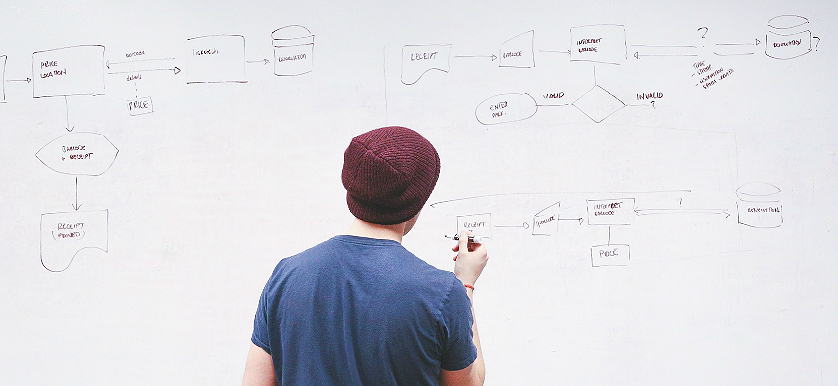How to improve your decision-making process? Part III

In Part I and Part II of this article, we emphasized the need to base decisions on data, as this leads to improved results, and we discussed about the decision-making process and the techniques we can use to ensure relevant decisions are made.
But how do we take decisions in different scenarios? Is the process the same? Do we use the same techniques? In what follows next, 12 different scenarios, grouped based on their similarities in making decisions, are presented.
At organizational, divisional and departmental level, and in the case of joint ventures, usually decisions are made officially, during performance review meetings, on a monthly basis. Consensus decision making is used, because it allows all participants to express their opinions, and it is also time efficient. For these scenarios, analyses are conducted prior to the meeting, causes are identified and solutions are proposed. Therefore, the role of these meetings is only to agree on what actions are to be taken, and not to come up with actions.
At employee level, decisions are made again officially, during the performance review discussions, but on a quarterly basis. Brainstorming can be used at the beginning of the meeting to come up with solutions to improve the current performance results. In the end, the consensus decision is used to agree on the actions to be implemented. Both the evaluated employee and his/her supervisor are actively involved in the decision-making process.
In what concerns projects, decisions are made both officially, during the operational meetings of the project team, and on the spot, if the circumstances require it. If decisions are made in meetings, force field analysis is usually used, in order to analyze not only ideas, but also constraints, responsible persons and deadlines. If decisions are made on the spot, unilateral or consultative decision making is used.
In the case of processes, decisions are made when needed, in order to optimize a certain process. We cannot plan a certain date to make decisions in regards to a process, as the need for process improvement emerges the moment employees identify bottlenecks in the processes. Once the problem is identified, an official meeting can take place to come up with solutions. Usually, flow charts are used to make relevant decisions in this scenario.
In the quality management scenario, decisions are made every time there are quality checks on a product/service. Decision making is not a formalized process. It usually takes place on the spot, through unilateral decision making or consultative decision making, when the employee in charge of quality control consults another colleague in regards to the decision that has to be adopted. The decision is most of the times easy to make, as the product/service has to fulfill a set of requirements.
If we analyze the customer service scenario, decisions are made both on the spot, during client meetings, and monthly, during departmental performance review meetings. If decisions are made while negotiating with a client, then unilateral decision making is used, as there is no time to make additional analyses or call colleagues to ask for support. If decisions are adopted during meetings, consensus decision making is used.
In relation to suppliers, decisions are made officially, during suppliers’ performance review meetings, on a quarterly/yearly basis, depending on the company’s policy. If suppliers’ results are not satisfactory compared to the assumed contract, the collaboration can be renegotiated or even closed. Usually, consensus decision making is used to take decisions in this scenario.
In relation to the Board, again, decisions are made officially, during Board performance review meetings. These meetings take place yearly, to have the overview of all activities coordinated. Usually, voting decision making is used, but consensus can also be applied. The main decision that can be made in this case is to maintain or change the Board members, in case the performance is not the expected one.
The last scenario refers to the personal level, meaning the individual seen outside the workplace, in his/her daily life. In this case, decisions are made both on the spot and during a family meeting held as often as required. Depending on the complexity of the decisions that need to be made and on the budget that has to be allocated, brainstorming, force-field analysis, unilateral, consultative, consensus or voting decision making can be used to reach a conclusion that satisfies one/all family members.
Reading this diversity of scenarios where we have to make decisions, we might be confused about what has to be done, when and how. To summarize, we should keep in mind the following, irrespective of the scenario:
- Base decisions on priorly analyzed data;
- Make decisions as often as required by the given context;
- Follow the 7 steps decision-making process;
- Use the technique that you consider the most relevant in a certain situation.
This article is based on the information available in the Certified Performance Improvement Professional training course offered by The KPI Institute. To find out more about the course and sign up, visit the course description page.
Image source:

Tags: Decision making, Strategy





